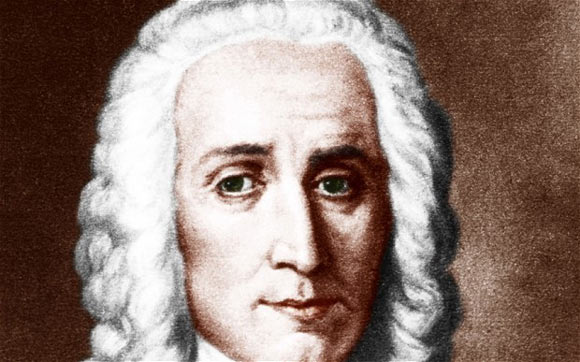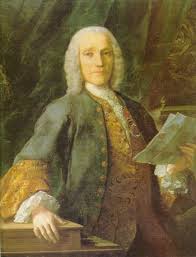In the annals of classical music, few composers have left an indelible mark on the world as Domenico Scarlatti did. Renowned for his groundbreaking contributions to the development of keyboard music, Scarlatti’s compositions continue to captivate audiences centuries after his time. This blog post delves into the fascinating biography of this Italian maestro, shedding light on his life, artistic journey, and enduring musical legacy.
Early Life and Musical Heritage:
Born on October 26, 1685, in Naples, Italy, Domenico Scarlatti hailed from a family steeped in musical tradition. His father, Alessandro Scarlatti, a prominent composer of the Baroque era, recognized his son’s prodigious talent at a young age and nurtured it. Under Alessandro’s guidance, Domenico received comprehensive musical training and excelled in various instruments, including the harpsichord and the organ.
The Grand European Tour:
At the age of 23, Scarlatti embarked on a transformative journey across Europe, exploring the vibrant musical landscapes of major cities such as Venice, Rome, and Florence. This journey proved pivotal in shaping his musical style, as he absorbed diverse influences and engaged with renowned musicians and composers of the time. Scarlatti’s exposure to the exuberant Spanish musical traditions during his stay in Portugal and Spain would later play a significant role in his compositional evolution.
The Spanish Influence:
In 1733, Scarlatti settled in Madrid as the court composer for the Spanish royal family. It was during his time in Spain that he composed the bulk of his renowned keyboard works. Influenced by the flamenco rhythms, intricate ornamentation, and expressive melodic lines prevalent in Spanish music, Scarlatti created a unique musical language that defied conventional boundaries. His compositions seamlessly blended the virtuosic technical demands of the keyboard with a distinctively Spanish flair, paving the way for the emergence of the sonata form.
The Sonatas:
Domenico Scarlatti’s most significant contributions to the world of music are his 555 keyboard sonatas. These concise, self-contained musical gems revolutionized keyboard music and showcased his unparalleled creativity. Written for the harpsichord or the early piano, Scarlatti’s sonatas exhibit astonishing technical complexity, harmonic innovation, and a kaleidoscope of emotions. From playful and whimsical pieces to fiery and passionate compositions, each sonata encapsulates a miniature world of its own, reflecting Scarlatti’s mastery over the instrument.
Enduring Legacy:
Despite being overshadowed during his lifetime by his father and contemporaries, Scarlatti’s works gained recognition and admiration in the centuries that followed. His sonatas have become staples in the repertoire of pianists and harpsichordists worldwide. Scarlatti’s innovative use of harmony, rhythm, and melodic invention left an indelible imprint on subsequent composers, including Ludwig van Beethoven and Franz Liszt, who drew inspiration from his bold explorations.
Conclusion:
Domenico Scarlatti’s remarkable life journey and musical contributions exemplify the power of artistic exploration and innovation. From his early training in Naples to his transformative Spanish sojourn, Scarlatti’s biography is intertwined with a rich tapestry of experiences and musical influences. His sonatas, with their unparalleled virtuosity and Spanish allure, continue to inspire and enthrall music lovers to this day. Through his lasting legacy, Scarlatti remains an immortal figure in the history of classical music, forever celebrated for his genius and trailblazing spirit.


Comments are closed